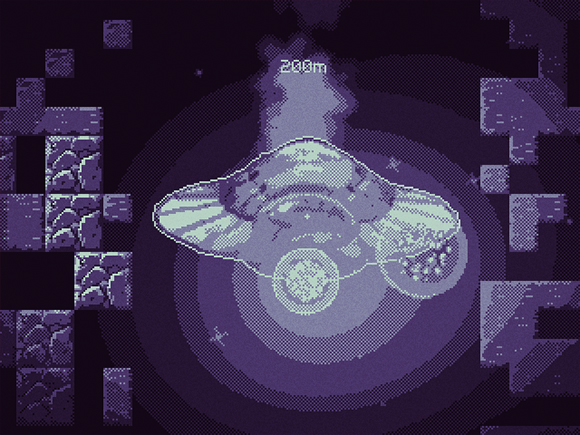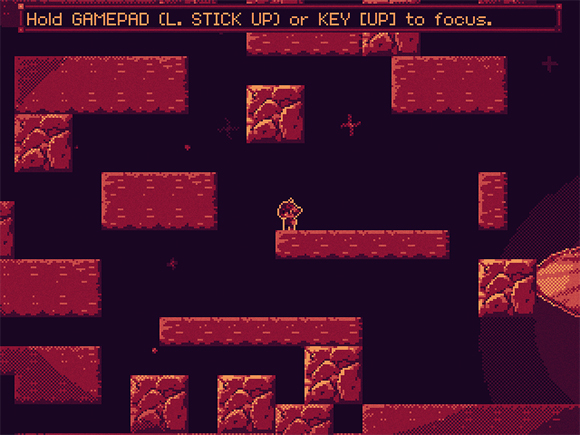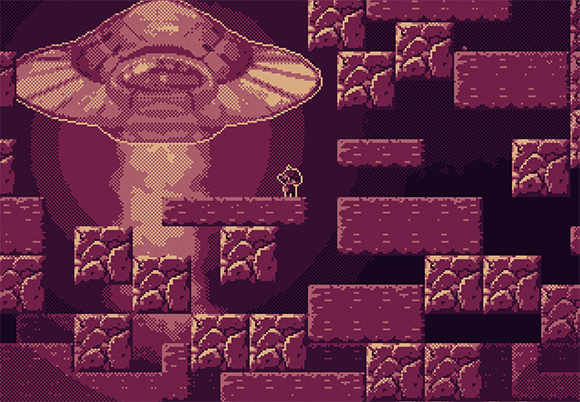Game Jam Procedural Generation Part IV
The final part of this series about procedural generation for Starforger II will conclude with the last of the level generation code. In the last episode I talked about some of the details in generating rooms, tunnels, and other details in the level. In this final part I'll wrap it up by talking about how I place enemies, breakable blocks, and some final touches on the treasure room.

The next thing in the generation of the level is the breakable blocks. These are blocks that the player can blow up using their bombs. I added these sort of at the last minute of the jam just to give some more interaction with the world, and it felt kinda fun to forge your own path through a big section of breakable blocks.
I actually use a separate grid "gridBreakable" to keep track of where I've already placed blocks. This is less expensive in Otter. The alternative would be to do a collision check against all other breakable blocks which would take longer and longer if there are more breakable blocks being added. Whenever a block is added I add a 2 x 2 rectangle to the gridBreakable grid, and the function CheckRect() will check against the breakable grid and the ground grid, so I can't accidentally place a breakable block in the ground, or overlapping another breakable block.

The next thing in the generation of the level is the breakable blocks. These are blocks that the player can blow up using their bombs. I added these sort of at the last minute of the jam just to give some more interaction with the world, and it felt kinda fun to forge your own path through a big section of breakable blocks.
// put breakable blocks in random places I dunno
for (var yy = 10; yy < grid.TileRows; yy++) {
for (var xx = 0; xx < grid.TileColumns; xx++) {
if (CheckRect(xx, yy, 2, 2)) {
continue;
}
if (Rand.Chance(config.BreakableChance)) {
if (breakables < breakablesMax) {
Scene.Add(new BreakableBlock(xx * 16, yy * 16));
gridBreakable.SetRect(xx, yy, 2, 2);
breakables++;
}
if (config.Width > 1500) {
xx++;
}
if (config.Width > 1000) {
xx++;
}
}
}
}
I actually use a separate grid "gridBreakable" to keep track of where I've already placed blocks. This is less expensive in Otter. The alternative would be to do a collision check against all other breakable blocks which would take longer and longer if there are more breakable blocks being added. Whenever a block is added I add a 2 x 2 rectangle to the gridBreakable grid, and the function CheckRect() will check against the breakable grid and the ground grid, so I can't accidentally place a breakable block in the ground, or overlapping another breakable block.
No Comments




















